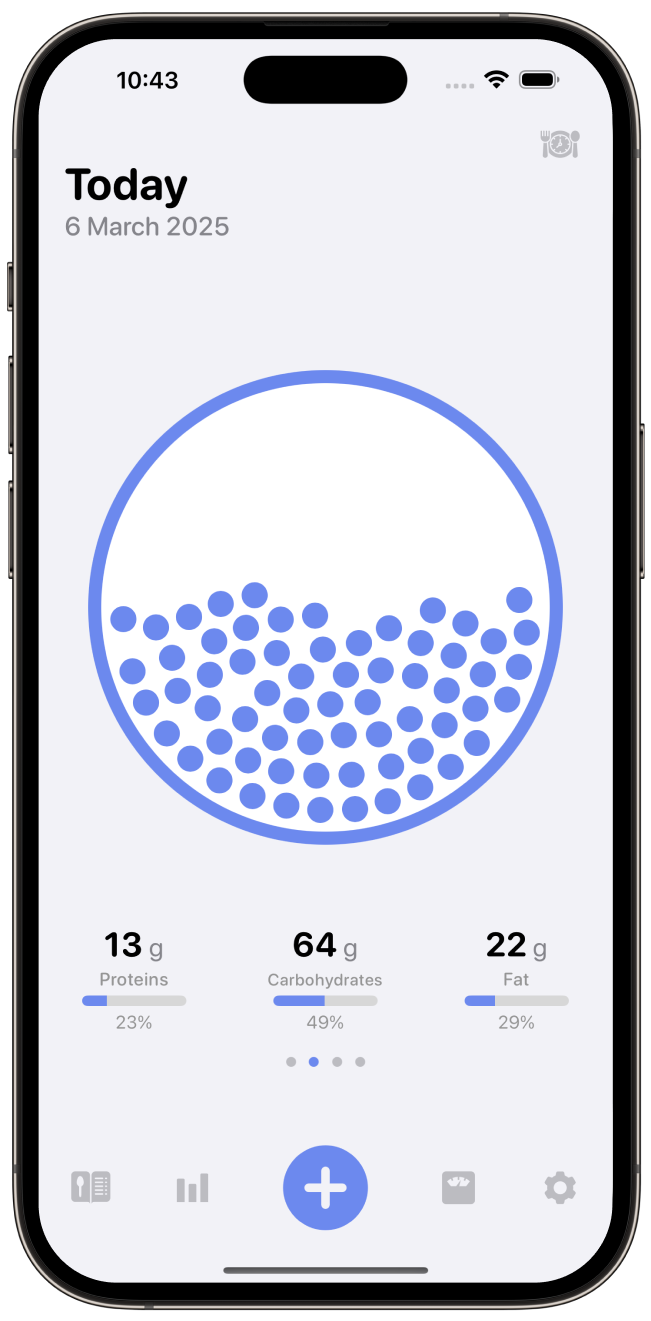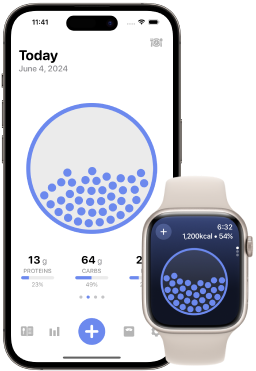
The Science of Cheat Meals: Do They Help or Hinder?

Cheat Meals and The Brain
Cheat meals can cause the brain’s reward system to release happy hormones like dopamine, which provides feelings of satisfaction and pleasure. This can prevent feelings of deprivation which may lead to overeating or other unhealthy behaviors. But, this psychology of cheat meals can be a double-edged sword. For others, a cheat meal may spark feelings of guilt and regret, fostering a negative relationship with food that can eventually obstruct your goal achievement. It’s important to identify and address any bad feelings about cheat meals, and to maintain a balanced perspective that values both physical and mental health.
Benefits of Including Cheat Meals
In addition to possibly boosting your metabolism and offering a psychological reward, cheat meals can have more benefits. Cheat meals help avoid feelings of deprivation from a strict diet.Enjoying favorite foods makes your diet more sustainable and enjoyable over time.
It can serve as a social experience, fostering a sense of community and support.
Balance is key—enjoy cheat meals in moderation and guilt-free to stay on track.
The choice to include cheat meals depends on your individual goals, preferences, and relationship with food.
Listen to your body and find a balance that works best for you.
Approach cheat meals with mindfulness, moderation, and an emphasis on overall health.
How to Make Cheat Meals Work for You
If you’re keen on including cheat meals in your routine but are uncertain of how to do it in a healthy and balanced manner, these tips can guide you. First, plan your cheat meals ahead so you can enjoy them without feeling guilty or eating too much on a whim. This can create anticipation for these meals as a reward, not a source of unease or stress. Plus, try focusing on portion control during your cheat meals and enjoy each bite of your preferred foods. Secondly, being present and mindful while eating can help you really appreciate the meal and avoid overeating out of guilt or restriction. Remember that one meal or snack doesn’t define your overall health – it’s about long-term balance and moderation. Another tip is to prioritize nutrient-rich foods in your ordinary meals and snacks to meet your nutritional needs while allowing room for indulgence during cheat meals. This can help keep a healthy relationship with food and sidestep the harmful cycle of overeating and restricting from a strict diet mindset. Hence,, including cheat meals in your routine can be a fun way to indulge in your favorite foods while still working towards your health and fitness goals. By having a balanced approach to cheat meals, listening to your body, and practicing moderation, you can make these meals beneficial in a lasting and positive way. Remember that food should nourish both your body and soul, and finding a harmony that meets your individual needs is the key to long-term success.Using Calory App for you
One useful tool for including a balanced meals in your routine while still keeping your health and fitness goals in check is a calorie tracking app. These apps facilitate tracking your daily calorie intake, ensuring that you meet your nutritional needs while leaving room for occasional guilty pleasures.
By monitoring your meals and snacks throughout the day, you can better plan for and relish your cheat meals without feeling guilty or going overboard Using a calory app you can become more aware of your eating habits and make healthier choices about your food consumption. This can lead to a more balanced and thoughtful approach to eating, both on regular days and cheat meal days.
Calory’s Journal View provides a detailed snapshot of your daily calorie intake, helping you stay on track with your goals. Beyond calorie counting, the app enables water tracking, weight tracking ensuring you stay hydrated and monitor your weight changes over time.
Calory’s premium version also has macro tracking feature lets you set daily macronutrient goals and track your intake in-depth along with many other attractive features.

